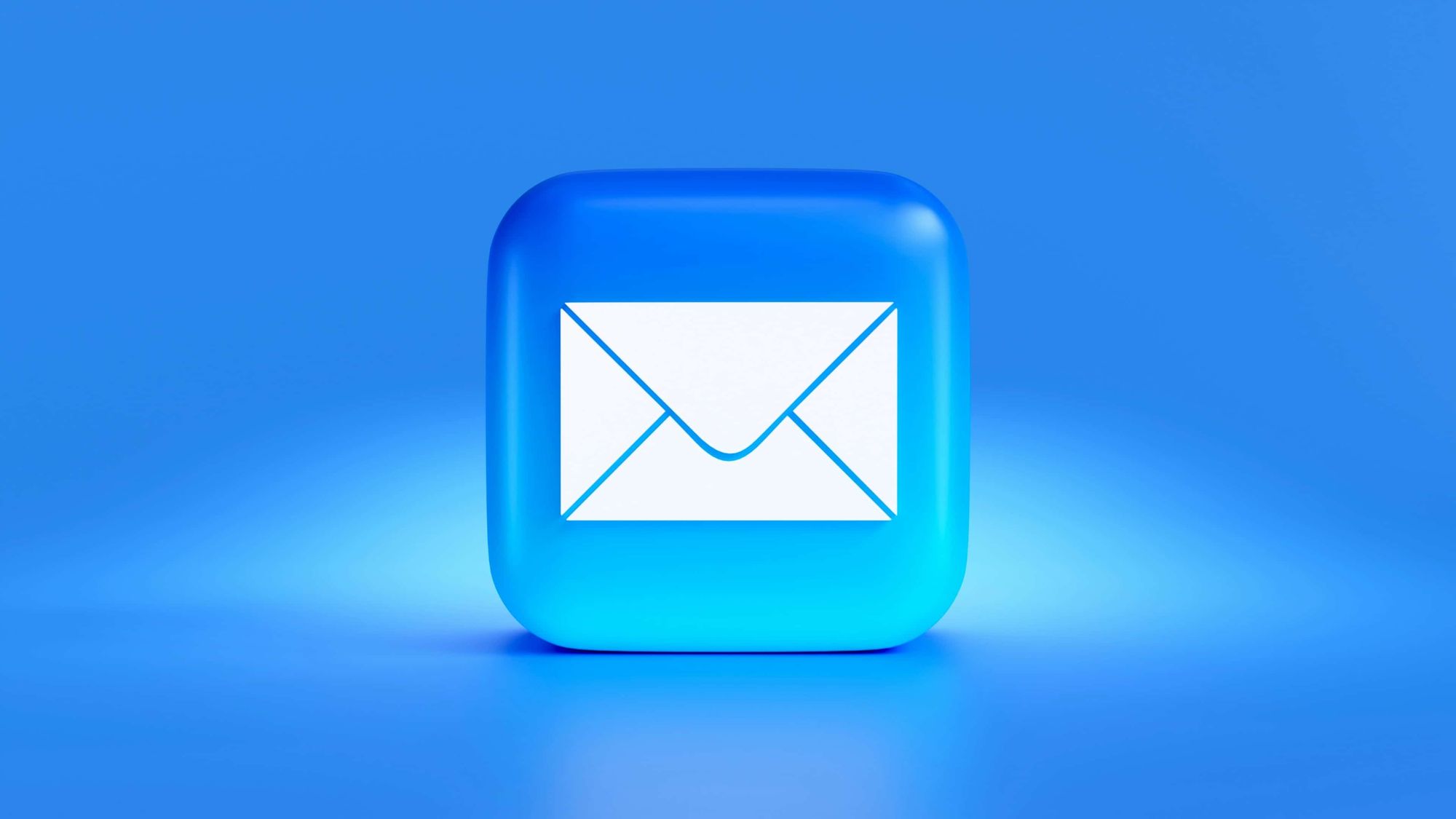
Email Validation and GDPR: How to Stay Compliant and Build Trust
Email remains one of the most powerful tools for marketing and communication. But with the rise of data privacy laws like the General Data Protection Regulation (GDPR), how businesses collect, validate, and manage email addresses has never been more important.
GDPR isn't just a European regulation — it affects any organization handling the personal data of EU residents. This means that if you're collecting email addresses, you need to ensure your processes are legally compliant and ethically sound. One powerful yet often overlooked tool in this compliance toolkit is email validation.
In this article, we’ll explore how email validation supports GDPR compliance and why it’s essential for protecting both your business and your audience’s trust.
1. Understanding GDPR and Its Impact on Email Marketing
The General Data Protection Regulation (GDPR) came into effect on May 25, 2018, to give EU citizens greater control over their personal data. It applies not only to companies within the EU but to any organization worldwide that processes the data of EU residents.
For email marketers, GDPR has significantly raised the stakes. Businesses must now obtain explicit consent from users before collecting and using their email addresses. Vague checkboxes and pre-filled forms are no longer acceptable. Additionally, users have the right to access, update, or delete their data at any time.
Violations can lead to fines as high as €20 million or 4% of a company’s global turnover — whichever is greater. This makes GDPR compliance not just a legal obligation but a critical part of risk management and reputation building.
2. What Is Email Validation and Why Does It Matter?
Email validation is the process of verifying whether an email address is accurate, active, and capable of receiving messages. It helps identify and remove:
- Invalid or mistyped email addresses
- Fake or disposable emails
- Inactive domains or accounts
- Spam traps and high-risk addresses
By cleaning up your email list, email validation improves deliverability, reduces bounce rates, and enhances sender reputation. From a legal perspective, it ensures you're collecting real, functioning contact data — a key part of maintaining GDPR compliance.
Importantly, email validation isn't the same as email verification at sign-up (like clicking a confirmation link). Instead, it’s often used before or after a user submits a form, catching errors without interrupting the user experience.
3. How Email Validation Helps Ensure GDPR Compliance
GDPR is all about data accuracy, consent, and transparency. Email validation supports each of these core principles:
- Accuracy: GDPR Article 5(1)(d) states personal data must be “accurate and, where necessary, kept up to date.” Validating emails helps prevent the collection of incorrect or fraudulent information.
- Minimized Data Retention: By eliminating fake or inactive emails, you’re only storing necessary and useful data — aligning with GDPR’s data minimization principle.
- Consent Tracking: A validated email list is easier to monitor and manage for opt-ins and opt-outs, helping you maintain clear consent records.
- Data Breach Risk Reduction: Fewer bogus emails means fewer data points to protect, reducing exposure in case of a breach.
Ultimately, validated email data builds a stronger foundation for lawful communication, minimizing risk and improving customer trust.
4. Best Practices for GDPR-Compliant Email Collection and Validation
To stay compliant while optimizing your email campaigns, follow these best practices:
✅ Use Double Opt-In
Require users to confirm their subscription via email. This ensures consent is explicit and can be tracked.
✅ Validate Emails in Real-Time
Use email validation tools at the point of entry — like sign-up forms — to catch typos and fake addresses before they enter your system.
✅ Maintain Detailed Consent Records
Store logs of when, where, and how consent was given. Include IP addresses and timestamps if possible.
✅ Clean Your Lists Regularly
Periodically run validation checks to remove outdated or inactive addresses. This not only ensures compliance but also boosts campaign performance.
✅ Be Transparent
Clearly explain why you’re collecting emails, how you’ll use them, and how users can opt out. A clean list with engaged users is more effective — and legally safer.
Join 1,000+ CompaniesImproving Email Deliverability
Start with 200 free validations. Upgrade only when you're ready.
No credit card required • Cancel anytime